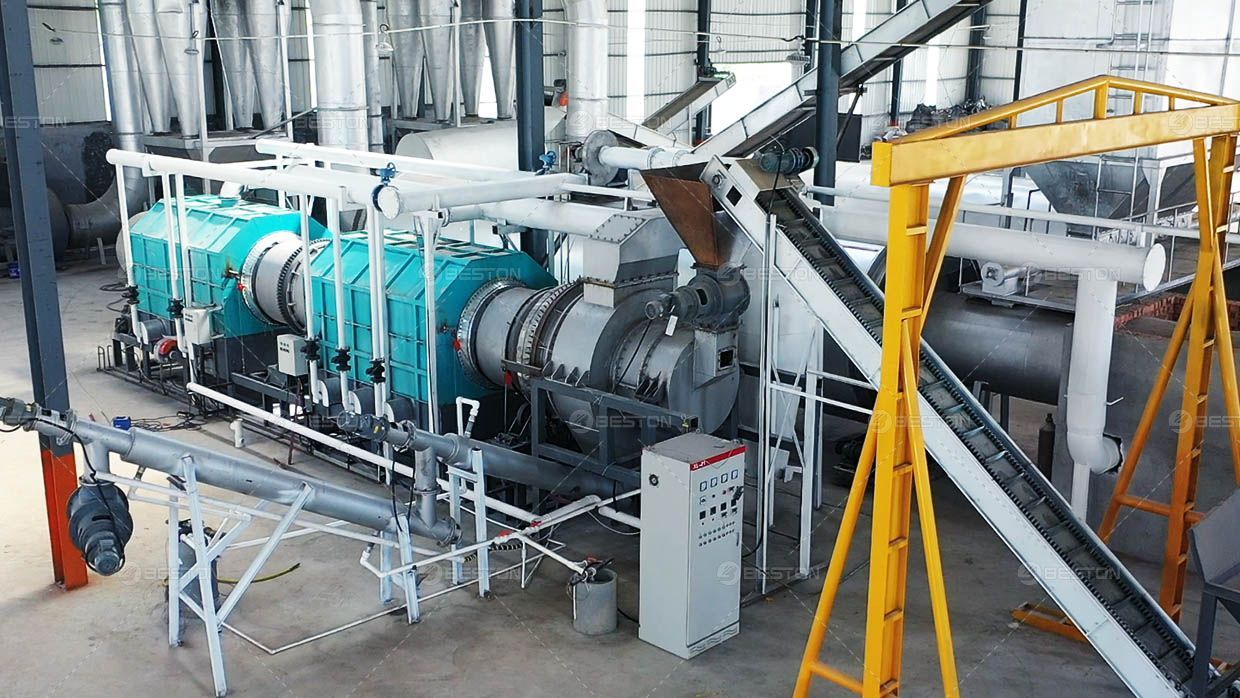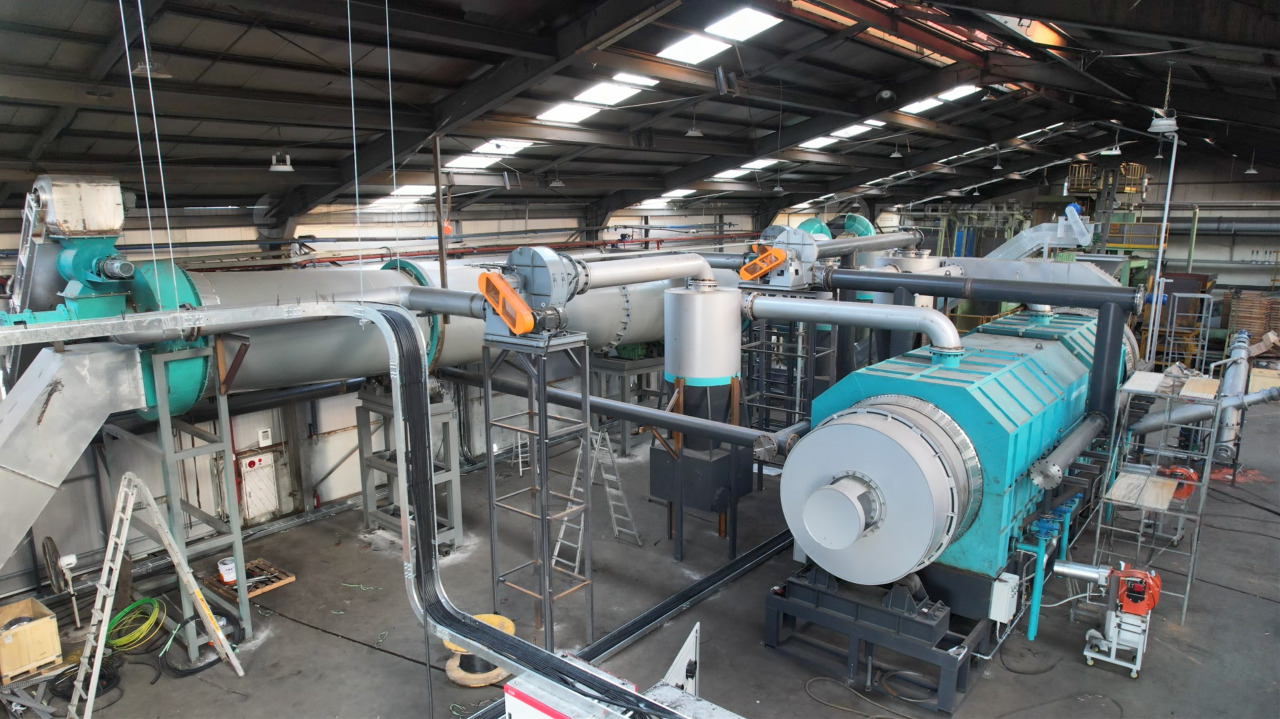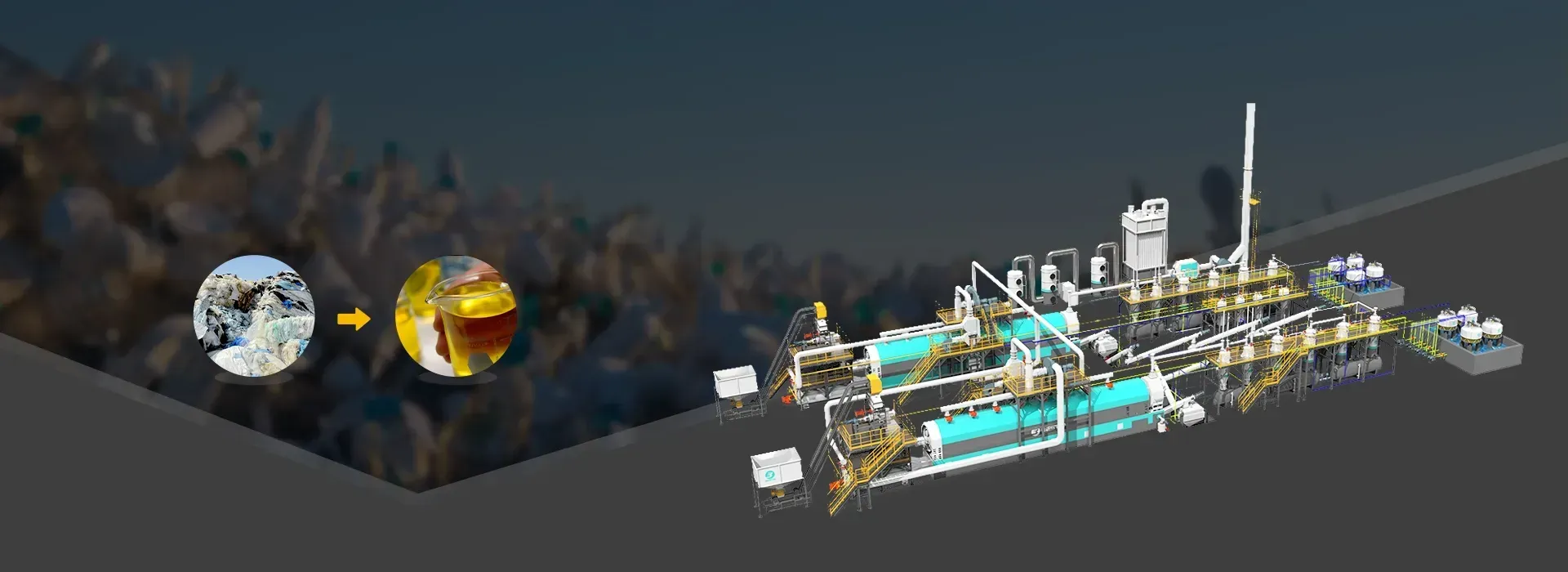Strategic Approaches to Investing in Biochar Production Equipment

Biochar production, derived from the thermal decomposition of organic materials, offers significant environmental and economic benefits. As a sustainable solution for carbon sequestration, soil enhancement, and waste management, biochar production has gained attention from governments, corporations, and investors alike. The demand for biochar has increased due to its potential applications in agriculture, water filtration, and energy production, among other industries. As such, investment in biochar production equipment has become an appealing prospect for those looking to tap into the growing green energy sector.
Assessing Market Demand and Product Applications
The first strategic consideration when investing in biochar production equipment is understanding the market demand for biochar and its various applications. Biochar has established itself as a valuable product in agriculture, where it is used as a soil amendment to improve fertility and water retention. Additionally, biochar is used in water treatment, carbon capture, and even as a renewable energy source. With increasing interest in sustainable agriculture practices and carbon offset solutions, the demand for biochar is expected to grow significantly.
Investors should examine the regional markets where biochar is in high demand. In agricultural regions, for instance, biochar’s role as a soil enhancer makes it a key product for farmers seeking to improve soil health without resorting to harmful chemicals. Similarly, municipalities focused on water purification may drive demand for biochar used in filtration systems. By identifying the most promising sectors and regions, investors can better allocate resources to equipment that aligns with market trends.
Selecting the Right Biochar Production Equipment
Investing in the right biochar production equipment is crucial for maximizing profitability. The technology behind biochar production relies on pyrolysis, a process that requires specific equipment to achieve the desired results. The two primary types of equipment used for biochar production are fixed-bed and rotary kiln systems, each with its advantages and trade-offs.
1. Fixed-Bed Systems
Fixed-bed pyrolysis units are typically smaller and more cost-effective, making them suitable for small to medium-scale production. These systems are highly efficient and provide high-quality biochar with low operating costs. They are often preferred for research, pilot projects, or regional applications. However, the scale of production may be limited compared to larger systems, which could affect the ability to meet high demand or capitalize on economies of scale.
2. Rotary Kiln Systems
For large-scale biochar production, rotary kiln systems are often the preferred choice. These systems are capable of processing larger quantities of feedstock and produce higher volumes of biochar. Rotary kilns are also versatile, capable of processing a wide range of organic materials, including agricultural waste, forestry residues, and municipal solid waste. However, they come with higher initial investment costs and require more complex maintenance compared to fixed-bed systems. When considering rotary kilns, investors must assess whether the projected demand justifies the larger scale of operations.
3. Upgraded and Hybrid Systems
Some modern biochar production systems combine the benefits of fixed-bed and rotary kilns, providing flexibility and scalability. These hybrid systems offer enhanced automation, improved feedstock processing, and better energy efficiency. Such systems may be ideal for investors looking to future-proof their operations, as they can scale production and integrate advanced features without significant capital expenditure.
The decision on which equipment to purchase should consider the scale of operation, the availability of feedstock, the expected output, and the target market. While larger systems may seem appealing for high-volume production, smaller systems can offer quicker returns on investment and lower operational risk.
Evaluating Financial and Environmental Impact
Investors must evaluate the financial feasibility of biochar production, balancing the initial investment in equipment with the expected return on investment (ROI). The capital expenditure involved in acquiring high-quality biochar production equipment can be substantial. However, there are several factors that can make this investment worthwhile:
- Revenue Streams: Biochar production can create multiple revenue streams. In addition to selling biochar, investors can monetize other by-products such as bio-oil, syngas, and wood vinegar. These by-products, when processed and marketed correctly, can significantly improve the ROI of a biochar production plant.
- Carbon Credits: As biochar is a carbon-negative product, producers may qualify for carbon credits or other incentives. This can provide a secondary source of revenue, improving the financial outlook for the investment.
- Government Incentives: Many governments offer financial incentives for green technology projects, including biochar production. These can take the form of grants, tax credits, or low-interest loans, which can reduce the initial capital burden and improve profitability.
On the environmental side, biochar production offers substantial sustainability benefits. It acts as a carbon sink, trapping carbon in a stable form that can remain in the soil for hundreds to thousands of years. By converting waste biomass into biochar, investors can contribute to reducing landfill waste, lowering greenhouse gas emissions, and improving soil health.
Scaling Operations and Diversifying Production
Once the initial equipment is in place and production has ramped up, scaling operations becomes a critical consideration. The scalability of biochar production equipment is an important factor in long-term profitability. Investors should look for technologies that can easily expand in capacity to accommodate increased demand, as well as adapt to changing market conditions.
Diversifying the feedstock used in biochar production can also help reduce risk and improve operational efficiency. While wood chips and agricultural residues are common feedstocks, biochar production can also utilize municipal solid waste, forestry by-products, and industrial waste, such as plastic waste. By incorporating diverse feedstocks, operators can reduce supply chain risks associated with feedstock shortages and volatility in raw material prices.
Furthermore, as demand for biochar continues to grow, the opportunity to integrate biochar production with other sustainable technologies, such as biogas production or biomass-to-energy systems, becomes increasingly attractive. This diversification can improve the financial resilience of biochar production plants and increase their long-term sustainability.
Monitoring Industry Trends and Technological Advancements
Investors should remain attuned to the latest industry trends and technological advancements in biochar production. Innovations in pyrolysis technology, such as higher-efficiency systems, lower emissions, and the ability to process a wider range of feedstocks, are continually reshaping the market. By keeping an eye on these developments, investors can ensure that their biochar production equipment remains competitive and aligned with the evolving needs of the market.
Additionally, understanding global regulatory standards for carbon emissions, waste management, and renewable energy can provide valuable insights into future market conditions and investment risks. As more industries and governments commit to carbon neutrality, the demand for biochar is expected to increase, creating favorable conditions for those who strategically position themselves in this growing sector.



